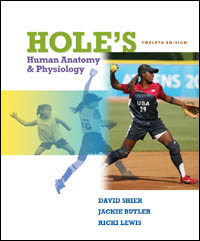
Hole's Human Anatomy & Physiology (Shier), 12th EditionPh.I.L.S. 3.0 Quizzing 25: Ph.I.L.S. 3.0 QuizzingPh.I.L.S. 3.0 Quizzing |  |
 | ||||||||||||||||||||||||||||||||||||||||||
| ||||||||||||||||||||||||||||||||||||||||||



Textbook Resources
Chapter Activities



Teacher
Student
Textbook Resources
Chapter Activities
Student

  | |||||||||||||||||||||||||||||||||||||||||||||||||
Please read our Terms of Use and Privacy Notice before you explore our Web site. To report a technical problem with this Web site, please contact the Web Producer. | |||||||||||||||||||||||||||||||||||||||||||||||||


